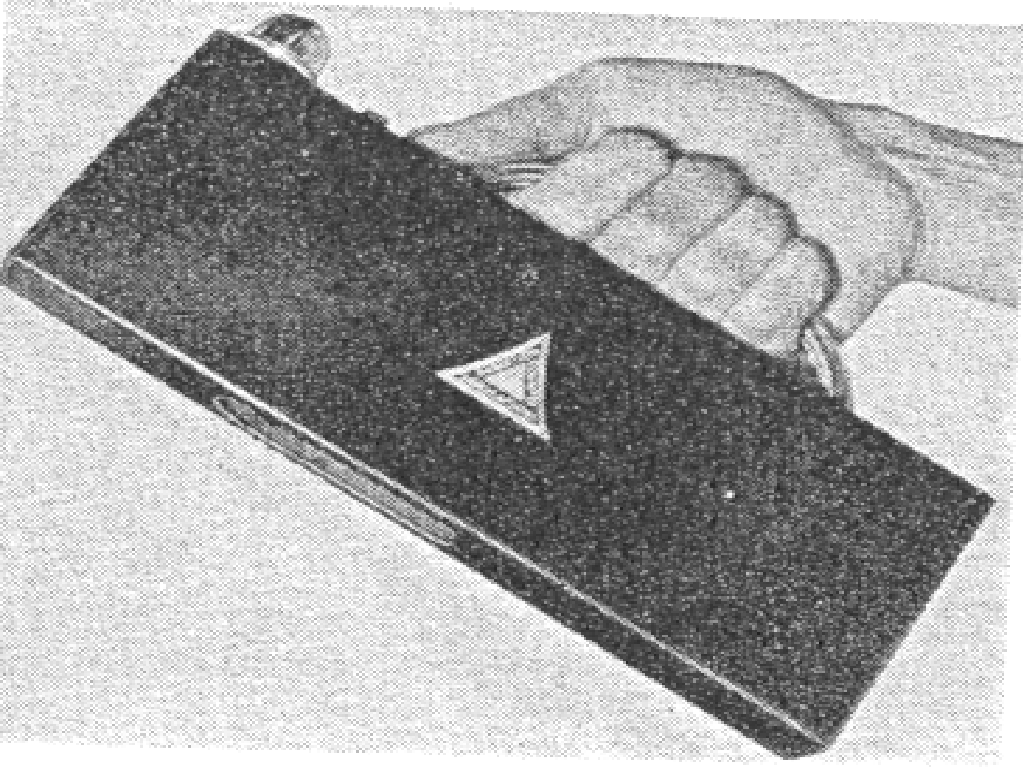
Radiation Counter Laboratory
The Radiation Counter Laboratory (RCL) was started in 1946 and originally made radiation counter tubes. It was located at 1844 West 21st Street in Chicago, Illinois in 1948. The Radiation Counter Laboratory was later relocated to 5122 W. Grove Street in Nucleonic Park in Skokie, IL, in the early 1950's
The Atomic Blinker Mark 9, Model 21 was introduced in 1948. The Mark 11, Model 21 Atomic Blinker was available in 1949. It was a lightweight, low cost instrument for beta-gamma radiation detection. It contains a thin wall, low voltage beta gamma glass Geiger tube. Each ionization causes the neon lamp to flash and the flashing rate gives an indication of the level of radioactivity. Normal background was 6-8 flashes per minute. It was advertised for use to -50 F degrees. The unit measures 1.5 x 3.75 x 9 and weighs less than 2.25 lbs. The battery life was 6-12 months with normal usage. It came with earphones as an option.

Radiation Counter Lab Mark 9, Model 21 Atomic Blinker 1948
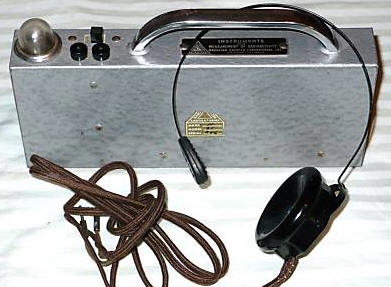
Radiation Counter Lab Mark 11, Model 21 Atomic Blinker 1949
The Mark 11, Model 10 was an alpha, beta and gamma survey meter introduced in 1950. It was designed for scientists who use radioisotopes that emit low energy radiation. It contained a fusion sealed mica window counter with a 1-7/8 diameter thin 2 mg/cm2 window. It operated on 110 volt AC. The meter range is 0-2000 and 0-10,000 cpm. It will detect one "milli-micro curie of C-14 if held directly over the isotope". It measures 10 x 5.75 x 3.25 and weighs 4 lbs. It has an extension cord that extends to 8 feet and operates on 110 volt AC.
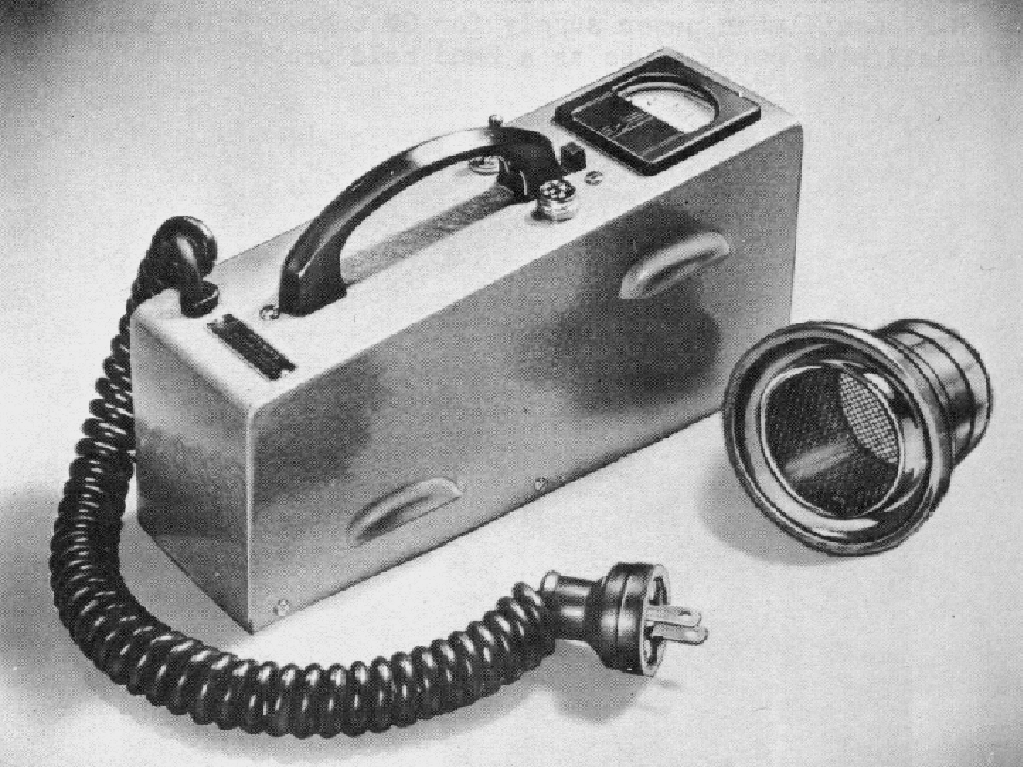
Radiation Counter Lab Mark 11, Model 10 1950
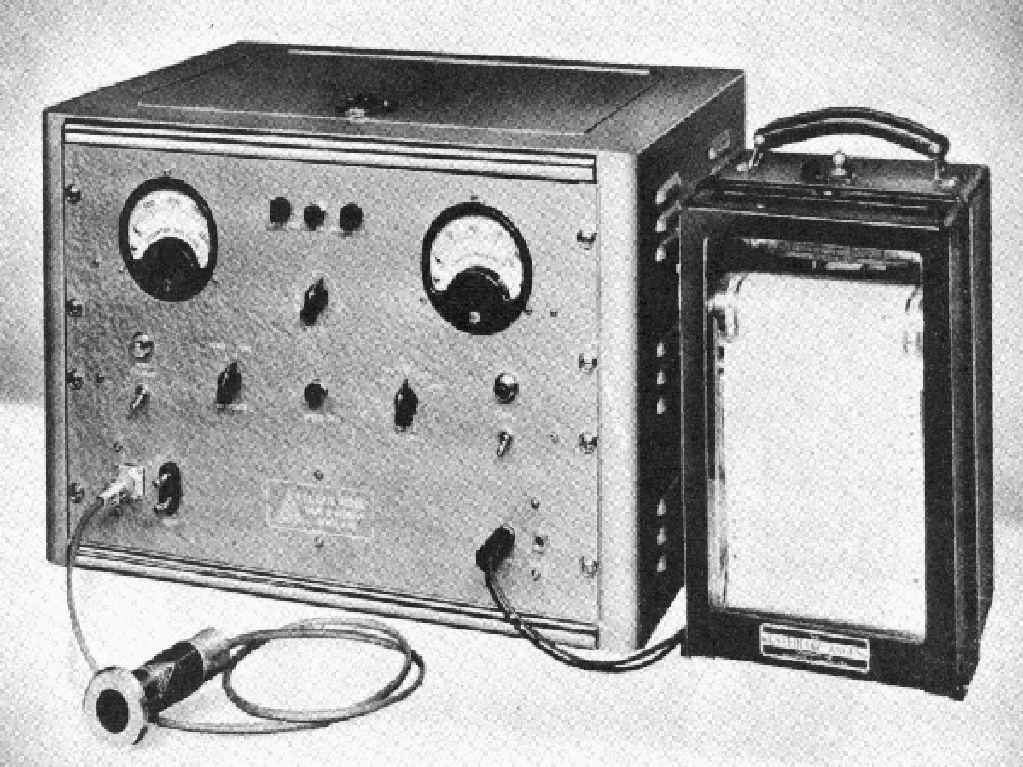
Radiation Counter Lab Mark 15 Model 10 1950
The Model R-Vox was introduced in 1954 as a palm size alarming dosimeter. It sounds an audible alarm when an overdose is received. The unit was developed in conjunction with Oak Ridge National Laboratory for use in labs where radiation exists. It may be carried on the belt and weighs only 9 oz. The standard range is 100 mR. It could be obtained with chambers up to 25 R.
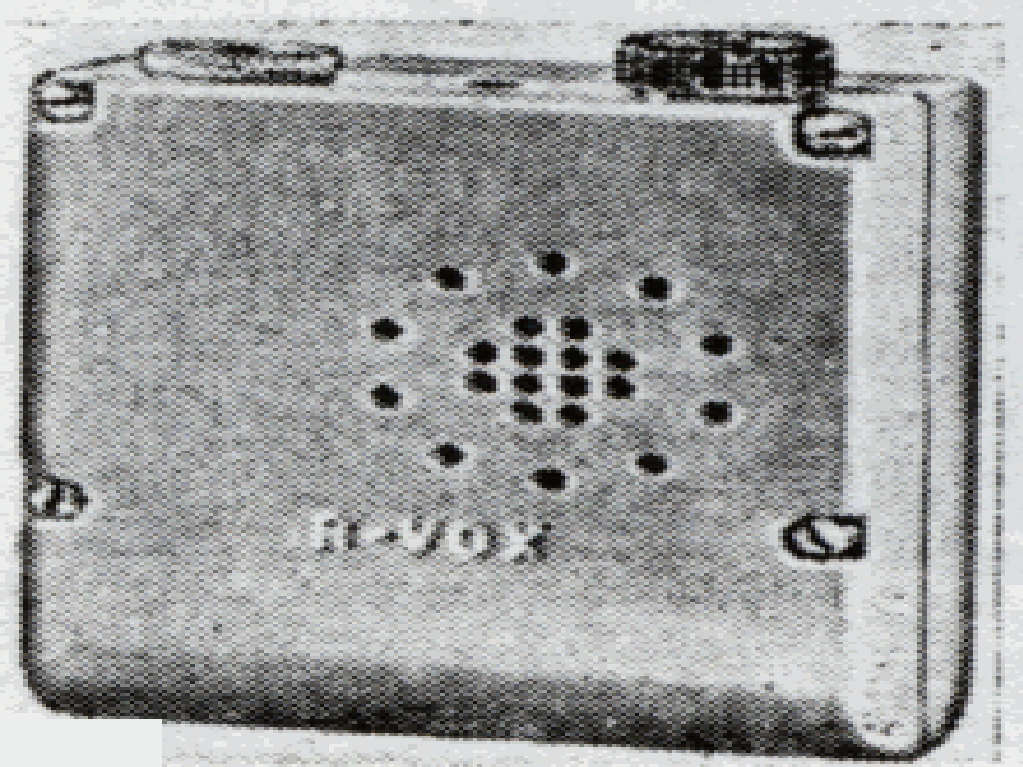
Radiation Counter Lab Model R-Vox 1954
In 1953, RCL introduced the Model 2801 Alpha Poppy for alpha contamination monitoring. A panel- mounted loudspeaker produced a pop for each alpha entering the chamber. It had a single wire air proportional counter in a external probe. The probe sensitive area is 0.75 wide x 8.75 long. Background was 20 cps. The high voltage supply was adjustable from 2000-2700 volts.
Need photo
Radiation Counter Lab Model 2801 Alpha Poppy 1953
A fast-slow neutron survey meter was introduced in 1957. It could discriminate gamma radiation up to 100 R/h. It is completely transistorized and weighs less than 10 lbs. It has a logarithmic readout so entire scale can be observed. The slow neutron detector is an enriched BF3 detector for neutrons below 0.1 MeV. The fast neutron detector is methane-argon filled, polyethylene lined detector for energies from 0.1 to 15 MeV.
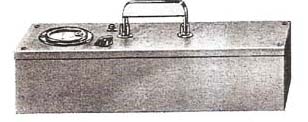
Radiation Counter Lab Fast-Slow Neutron Survey Meter 1957
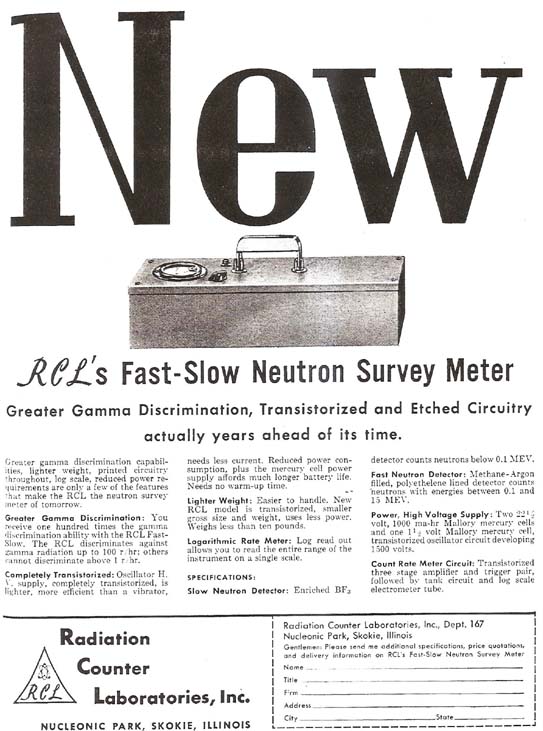
Radiation Counter Lab Fast-Slow Neutron Survey Meter Ad 1957
The RCL offered the Fast-Slow Neutron Survey Meter, Model 20810, in 1958 that was 10 times more sensitive then previous models. It was a portable, battery operated, transistorized instrument with printed circuitry and low power consumption. Fast and slow neutrons are measured separately. It weigh 10 lbs. They also offered individual fast or slow neutron detectors. It sold for $775. Also available was the Fast Neutron Survey Meter for $675 and the Slow Neutron Survey Meter for $650.
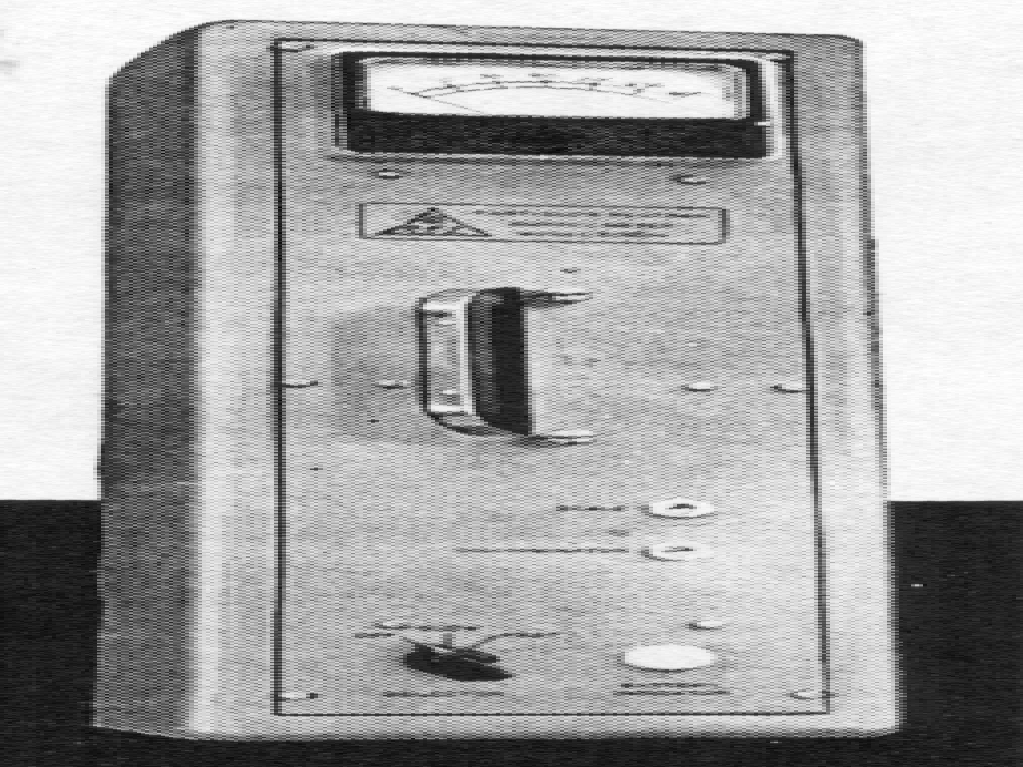
Radiation Counter lab Neutron Meter 1958
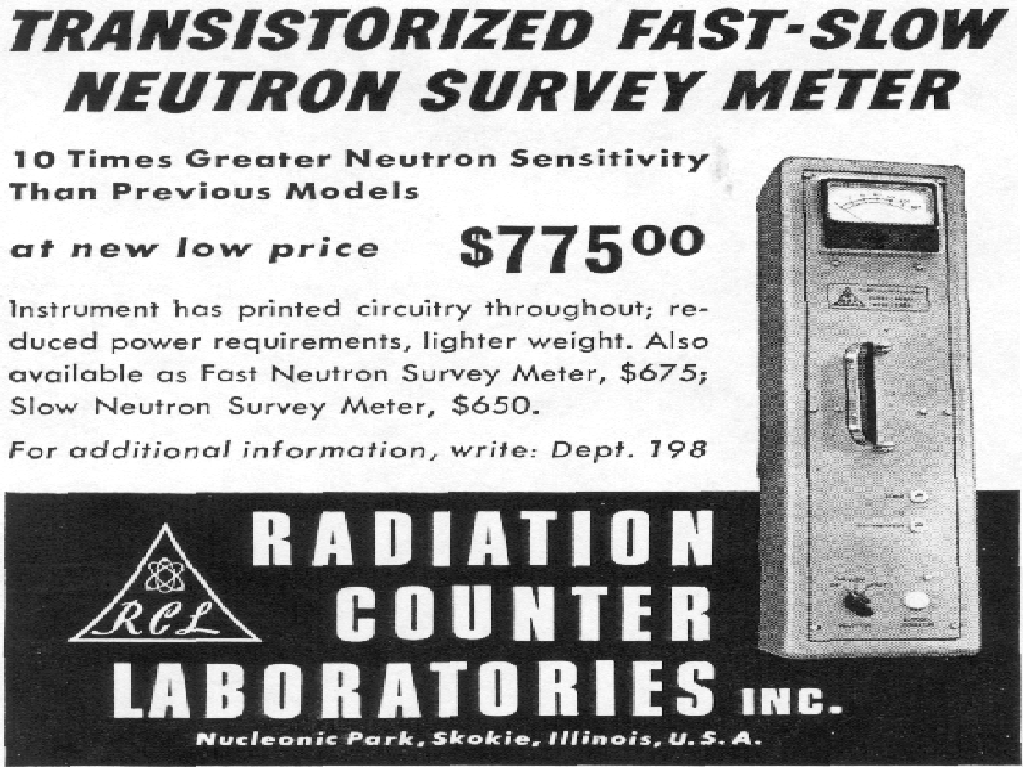
Radiation Counter Lab Ad Neutron Meter 1958